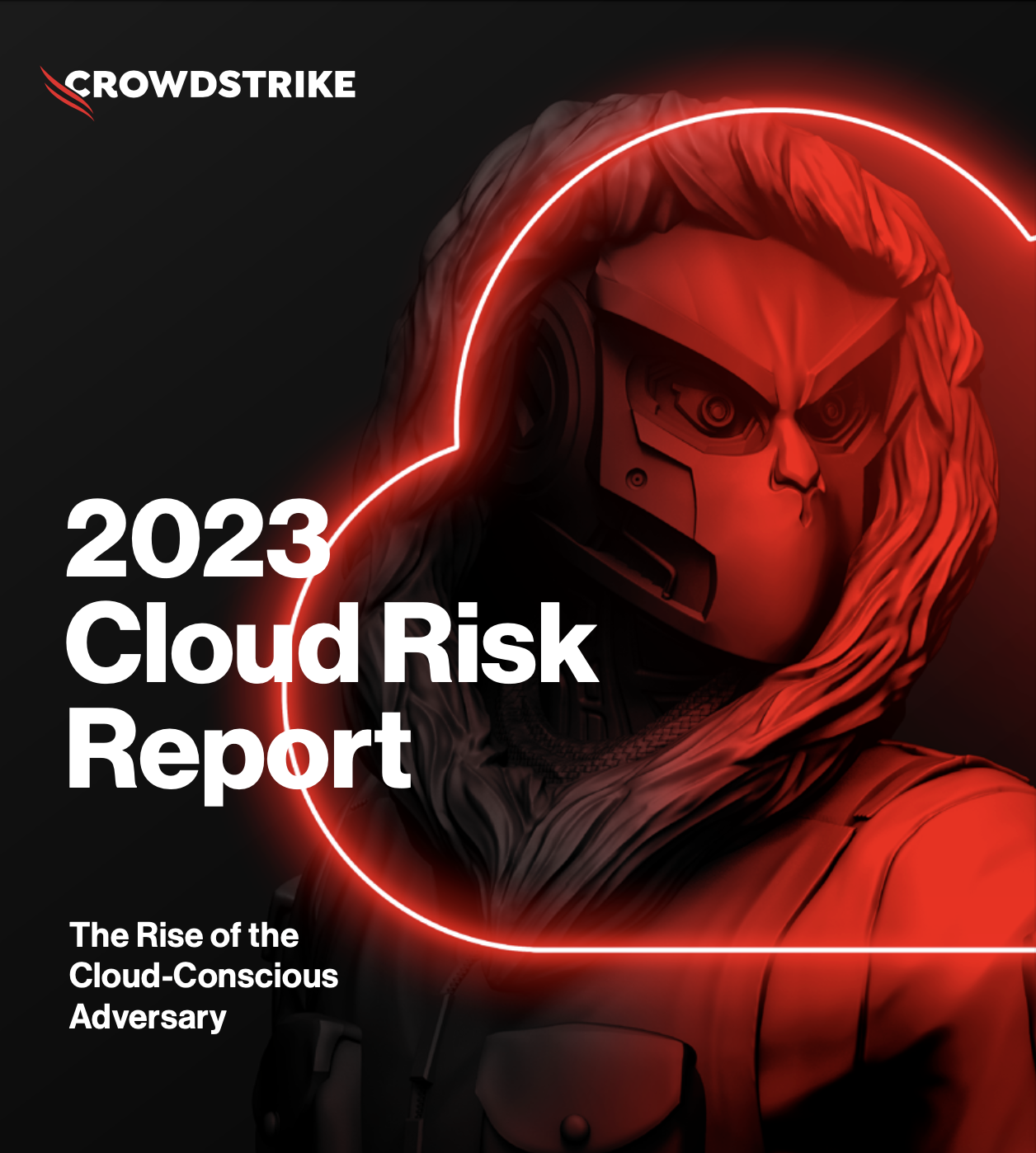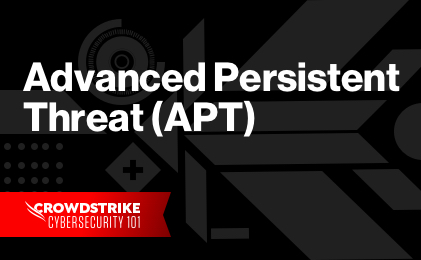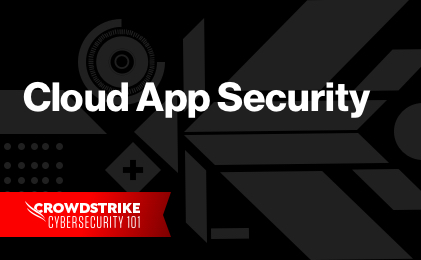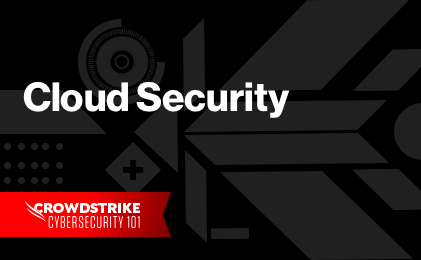What is a Cloud Security Assessment?
A cloud security assessment is an evaluation that tests and analyzes an organization’s cloud infrastructure to ensure the organization is protected from a variety of security risks and threats. The assessment is designed to:
- Identify weaknesses and potential points of entry within the organization’s cloud infrastructure
- Analyze the network for evidence of exploitation
- Outline approaches to prevent future attacks
A cloud security assessment typically focuses on the following seven areas:
- Overall security posture: Conduct interviews and a documentation review to evaluate the security of enterprise cloud infrastructure
- Access control and management: Review identity and access management, including user accounts, roles, and key management
- Network security: Review segmentation and firewall policies against common misconfigurations
- Incident management: Review incident response policy related to cloud infrastructure, including roles and processes related to an incident
- Storage security: Assess posture of cloud storage including object-level storage, block-level storage, and related snapshots
- Platform services security: Review security configuration of advanced service offerings specific to each cloud service provider
- Workload security: Review security for workloads including virtualized servers, server-hosted containers, functions, and serverless containerized workloads

2023 Cloud Risk Report
Download this new report to learn about the most prevalent cloud security threats from 2023 to better protect from them in 2024.
Download NowWhy Do You Need a Cloud Security Assessment?
Cloud computing offers organizations significant operational efficiencies as compared to traditional on-premise servers. However, innovation and reliance on the cloud also introduces new risks. The rapid adoption of cloud-based workloads often outpaces an organization’s security services capabilities, leaving technology leadership with a serious blind spot. Organizations often have multiple cloud accounts or subscriptions which do not all receive the same level of security oversight, leading to situations in which less “important” workloads lack critical security controls. The impact of a breach can be surprisingly serious even in cloud environments that were previously considered not as important.
Unlike a traditional network which is often defended through a perimeter security model, the cloud environment requires more advanced security measures that provide “anytime, anywhere” protection. Further, as more users access cloud-based systems due to work from home requirements, the organization’s attack surface can inadvertently expand, increasing risk.
One common issue related to cloud security is misconfiguration. The root cause of many security breaches, cloud misconfigurations often stem from errors inadvertently made by network engineers when the technology was in its infancy. A cloud security assessment is a necessary step in identifying such issues, as well as any other outdated aspects of the security model.
Another common issue is tied to excessive network permissions. This can result in inadvertent access from untrusted third parties through inbound traffic, or increase the damage an organization can sustain as the result of what might otherwise be a small breach, via unauthorized outbound traffic.
Ineffective user account management such as excessive privileges, a lack of restrictions on source IP addresses or source countries, reliance on static credentials for users or workloads with which to authenticate to the cloud service provider, or lack of multi-factor authentication (MFA), which is a security practice that leverages two or more independent pieces of evidence to confirm the user’s identity. Taken together, these issues make it easier for adversaries to impersonate authorized activity and tamper with, exfiltrate, or destroy data. Finally, insufficient or improper logging, which is common in cloud-based systems, makes malicious activities more difficult to detect, characterize, and recover from – leading to higher costs.
Expert Tip
A cloud security assessment helps organizations evaluate their cloud infrastructure to determine if the appropriate levels of security and governance are implemented to counter challenges and risks that are unique to each organization. Learn more about CrowdStrike's cloud security assessment team
What are the Benefits of a Cloud Security Assessment?
A cloud security assessment offers organizations peace of mind that their network and assets are properly configured, adequately secured and not the subject of an ongoing attack. In reviewing the organization’s network history, the evaluation will also identify points of access or other weaknesses within the architecture, as well as detailed recommendations to help strengthen defenses and improve capabilities in the future.
Specific benefits of a cloud security assessment include:
- Reduced risk from accidental misconfiguration: By adopting the tailored configuration changes recommended as part of the cloud security assessment, the organization can reduce its attack surface in the cloud environment.
- Reduced risk from missed notifications: The cloud security assessment team’s recommendations can improve an organization’s ability to detect and respond to compromise so that a minor issue does not become a full-blown breach.
- Improved resilience: The team performing the cloud security assessment will provide recommendations to help organizations recover from a breach faster.
- More efficient account management: Organizations with less-than-optimal identity architectures can reduce their time spent on account and privilege management while reducing the chances of inadvertent excessive privileges being granted.
- Detection of past compromise: While a cloud security assessment is not a comprehensive cloud compromise assessment, it can identify variances from the norm in the organization’s cloud configuration that could have been caused through compromise.
Learn More
Explore this page and schedule a demo to learn how CrowdStrike Falcon Cloud Security creates less work for security teams, defends against cloud breaches, and optimizes multi-cloud deployments. Schedule Demo: Falcon Cloud Security
How is a Cloud Security Assessment performed?
A Cloud Security Assessment usually consists of three basic components:
- Documentation review & interviews – helps the assessment team understand the business purpose of the client’s environment, the intended architecture, and planned changes to the environment.
- Automated and manual testing – The assessment team runs specialized tools to collect information about the environment, identify misconfigurations and gaps vs. ideal architecture and evaluates possible attack chains.
- Recommendations generation – The assessment team builds recommendations for each finding and presents them to the client’s security team.
- Presentation – The assessment team works with the client’s internal stakeholders to discuss findings and answer questions about both individual technical and high level recommendations.
Additional cloud security services may include:
- Incident Response for Cloud: Forensic analysis of a breach and incident response for your cloud environment
- Compromise Assessment for Cloud: Determine if your cloud environment has been breached (past or current)
- Red Team/Blue Team Exercise for Cloud: Simulate a targeted attack of your cloud environment to test your cyber defenses
Want to see the CrowdStrike Falcon® Platform in action? Start a free trial today.


